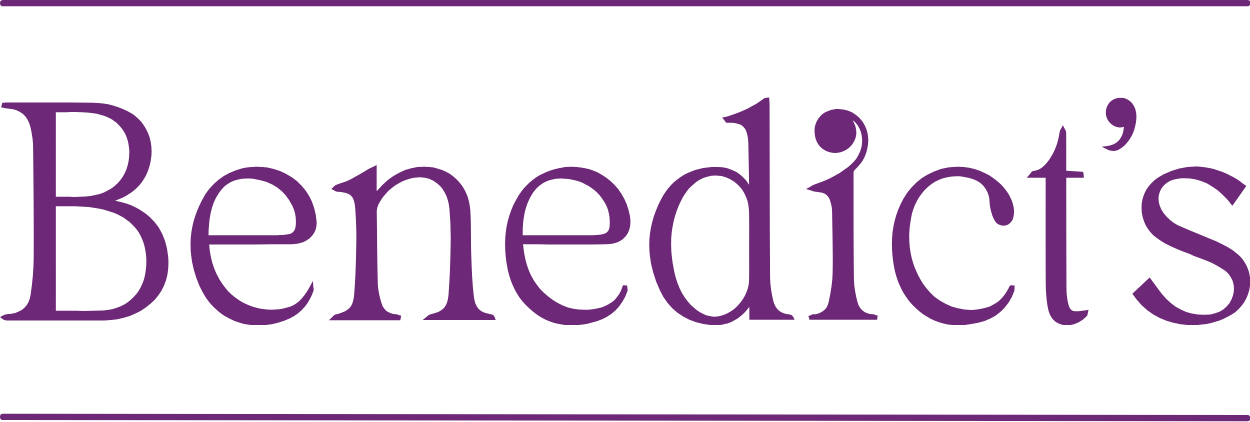
Body image issues are a significant concern within the gay community, often intensified by societal standards and internal pressures. The emphasis on physical appearance, particularly in urban settings like London, can lead to a distorted self-perception and dissatisfaction with one’s body.
1. The Cultural Context of Body Image
Many gay men face an expectation to conform to certain ideals, often perpetuated by media portrayals of the "perfect" physique—lean, muscular, and youthful. In spaces where appearance is valued highly, such as gay clubs, social media, and dating apps, these ideals are constantly reinforced. This pressure can create an environment where self-worth is linked to physical appearance, leading to feelings of inadequacy for those who don’t meet these standards.
For some, these pressures begin at a young age, as they internalise messages about masculinity and attractiveness from both heteronormative and gay cultural perspectives. These influences can shape a man’s relationship with his body throughout adulthood, affecting mental health and well-being.
2. The Psychological Impact
The emotional toll of body image dissatisfaction is often profound. Many gay men report feeling anxiety, depression, and low self-esteem as a result of constant comparison. For some, this dissatisfaction manifests in eating disorders, compulsive exercise, or the use of steroids in pursuit of the "ideal" body. Studies have shown that gay men are more likely than their heterosexual counterparts to experience these struggles, due in part to the heightened focus on appearance in gay social spaces.
The pressure can also complicate relationships, where physical attraction is sometimes prioritised over emotional connection. This can create a cycle of seeking validation through physical appearance, which can be exhausting and unsustainable.
3. Therapeutic Approaches to Body Image Issues
Therapy can be a crucial tool in addressing these issues. One effective approach is Cognitive Behavioural Therapy (CBT), which helps individuals identify and challenge harmful thought patterns around body image. By reframing negative self-talk, therapy can assist in developing a more compassionate and realistic view of one’s body.
Mindfulness-based therapy can also be beneficial, encouraging men to focus on the present moment rather than ruminating on perceived imperfections. This approach shifts attention from appearance to bodily function, promoting a more holistic and appreciative relationship with the body.
Body positivity and neutrality are important concepts that therapists can explore with clients. Body positivity focuses on embracing and celebrating all body types, while body neutrality encourages individuals to focus on what their bodies can do, rather than how they look. Both approaches can help reduce the fixation on appearance and encourage self-acceptance.
If you'd like to explore these further, get in touch with us to arrange a free call with Ben.
4. The Role of Community in Healing
While therapy provides a personal space for healing, the role of community support cannot be overlooked. The gay community, while often a source of pressure, can also be a place of empowerment. Surrounding oneself with diverse, body-positive role models can help shift perceptions of beauty and desirability. Community spaces that celebrate body diversity, such as certain queer social groups or movements, provide a counter-narrative to mainstream ideals.
Additionally, reducing time spent on apps or in environments that perpetuate unrealistic standards can be a powerful step toward improving body image. Curating one’s social media feed to include body-positive content can also foster a healthier mindset.
5. Practical Steps for Improving Body Image
Beyond therapy, there are several practical strategies that gay men can implement to work towards body acceptance.
- Limit Media Exposure: Reducing exposure to media that promotes unrealistic body standards, whether that’s on social media or through traditional channels, can help lessen the pressure to conform.
- Set Realistic Goals: Instead of striving for a "perfect" body, setting achievable and healthy fitness or wellness goals can shift the focus from aesthetics to well-being.
- Practise Gratitude: Focusing on what the body can do rather than how it looks can foster appreciation and gratitude. This can be as simple as acknowledging the strength to carry out daily tasks or the pleasure of physical activity.
- Mindfulness and Self-Compassion: Incorporating mindfulness practices, such as meditation or journaling, can help in observing and understanding body image struggles without judgment. Practising self-compassion by treating oneself with kindness can also alleviate the pressure to be perfect.
6. Challenging Societal Norms
One of the most powerful ways to address body image issues is to challenge societal norms around beauty. These norms are often narrow and exclusionary, promoting an unrealistic ideal that excludes most body types. As gay men, recognising and resisting these pressures can lead to greater self-acceptance. Engaging in conversations about body diversity and rejecting harmful stereotypes helps to foster a more inclusive community. Advocacy for body positivity and self-love, both in personal circles and within the broader LGBTQ+ community, can drive meaningful change.
Body image issues among gay men are complex and deeply intertwined with societal pressures, cultural norms, and personal experiences. Therapy offers an invaluable resource for those struggling with body dissatisfaction, providing tools to reshape negative thoughts and foster self-compassion. At the same time, building supportive communities that celebrate body diversity, limiting exposure to harmful media, and practising mindfulness can all contribute to a healthier, more positive relationship with one’s body.
By actively working to dismantle harmful beauty standards, both individually and collectively, gay men can reclaim their sense of self-worth and build a stronger, more inclusive sense of community. The journey towards body acceptance is deeply personal, but with the right support and resources, it is entirely possible to achieve a greater sense of peace and self-love. If you would like to discuss body image issues with Ben, get in touch.

